Rebecca Lee: Our very own health and safety superhero
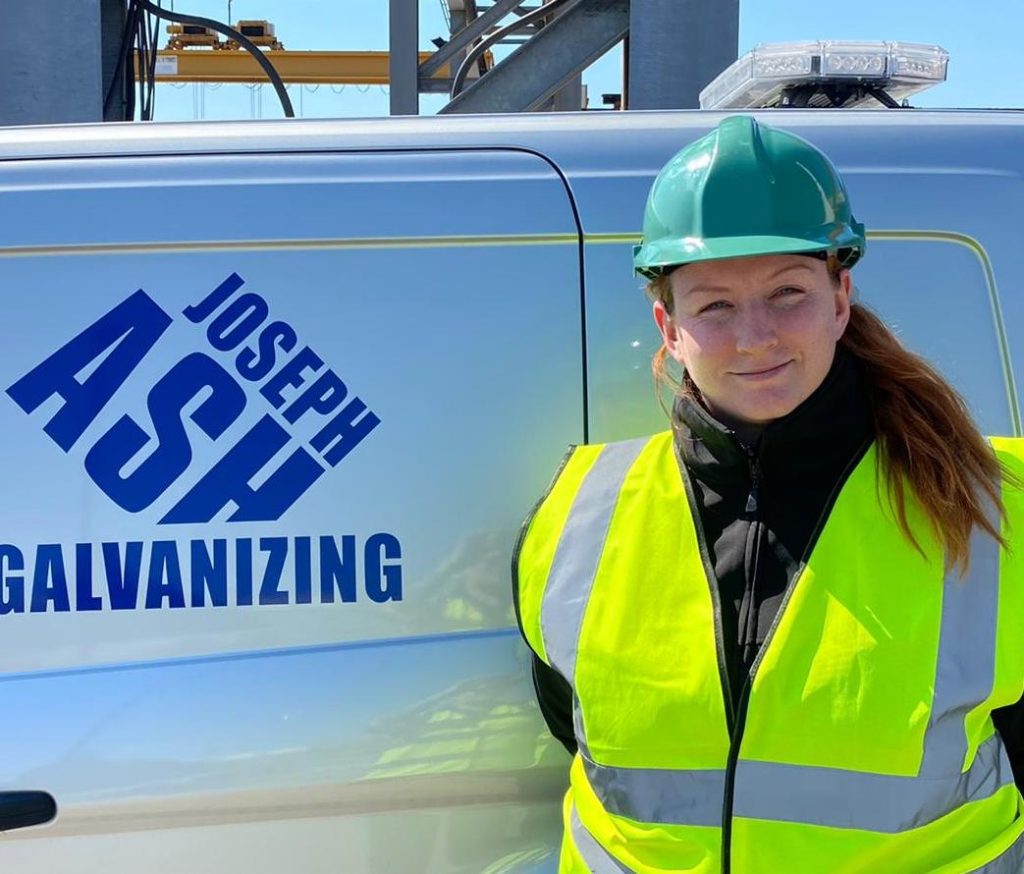
At the beginning of the month, our colleague, Rebecca Lee from Joseph Ash Chesterfield, witnessed a road traffic accident where a young child was severely hurt and stopped breathing. As Health and Safety Manager at Joseph Ash, Rebecca rushed over and used her training to swing into action. She administered CPR and saved the boy’s life.
Martin Hall, Divisional Manager at our Chesterfield plant, said: “Rebecca’s selfless actions not only saved the child but also changed the lives of countless others close to him. This will have repercussions for generations of his family to come. As a company, and as her colleagues, we are inspired by Rebecca and wish to celebrate her as our genuine hero.”
Well done, Rebecca! We couldn’t be more proud.

On Monday 19 September 2022 – when Her Majesty Queen Elizabeth II’s funeral takes place – all Joseph Ash Group plants will be closed for the day.
We do this as a mark of respect for the Queen’s long and glorious reign and to allow our colleagues time to commemorate her service and dedication to the nation and the Commonwealth.
Our thoughts and sympathies are with the Royal Family at this sad time.
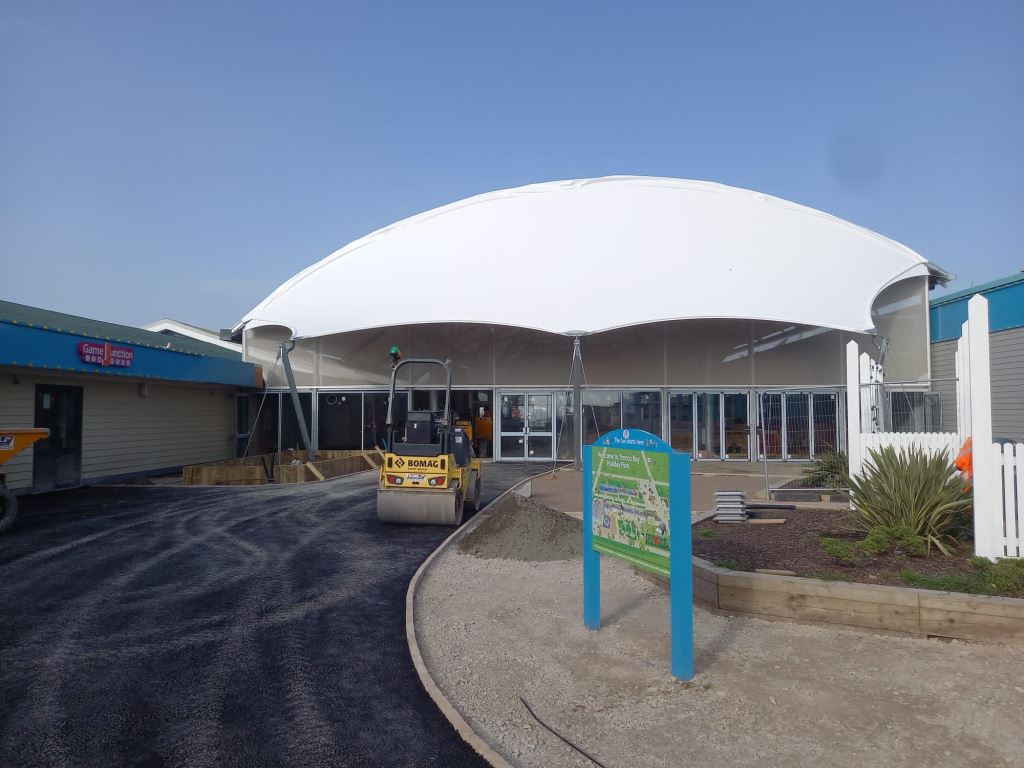
Throughout July and August, families flocked to resorts in the UK for much-needed rest and relaxation. A popular holiday park in Wales is Trecco Bay. Before the Summer began, Metafab Solutions and Joseph Ash Walsall visited the resort to create a new and exciting space for the holidaymakers.
Trecco Bay in Porthcawl is run by Park Dean Resorts – the UK’s largest holiday park operator – which owns and operates 66 holiday parks. Over the last few years, they have been reinvesting heavily into their parks to improve facilities and accommodation.
The Trecco Bay resort has been the biggest beneficiary of the reinvestment programme – £3.6m – as Park Dean seeks to make it one of their ‘Parks of the future’.
As part of the makeover, Park Dean engaged NBDA Architects – based in Bollington, Cheshire – to design a new, unique space to protect holidaymakers from the weather whilst enjoying the resort’s entertainment and eating areas.
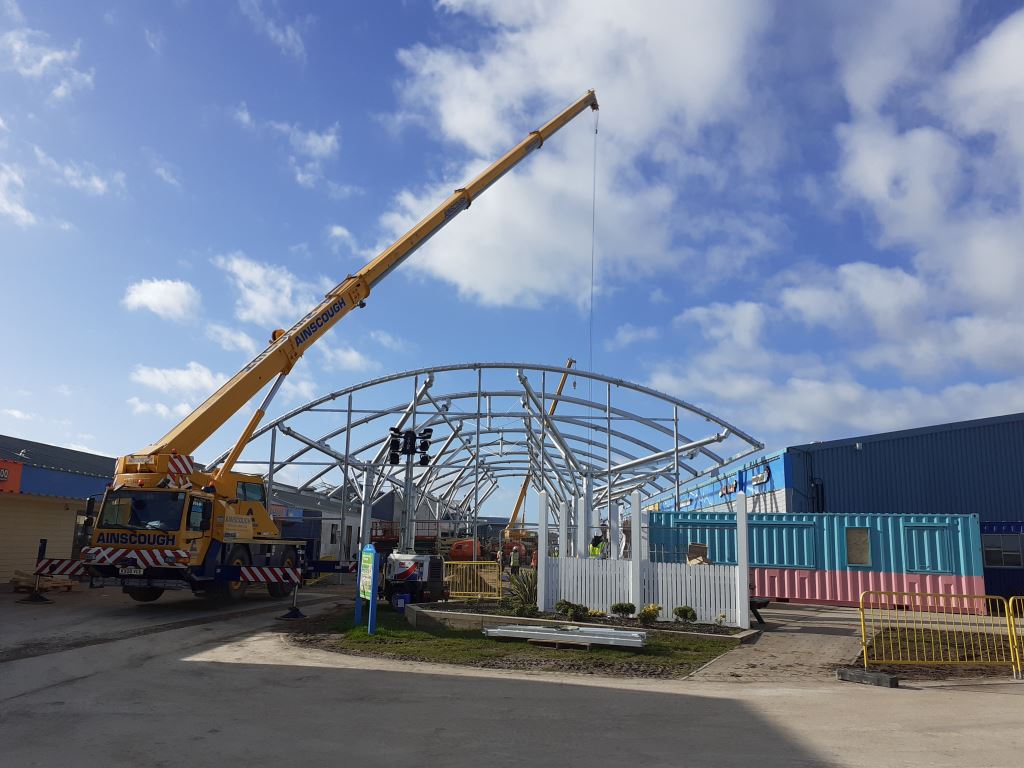
The space is a covered canopy supported by steel struts, including amusements, a bar, giant TV screens, seating areas and coffee shops.
MetaFab Solutions, based in Cinderford, Gloucestershire, is a steel fabricator and welder specialising in the fabrication of bespoke steelwork. They fabricated the steel frame for NBDA Architects and Park Dean.
Fabric Architecture, who specialise in tensile fabric structures, worked with NBDA to design the structure and supply and fit the tensile fabric canopy.
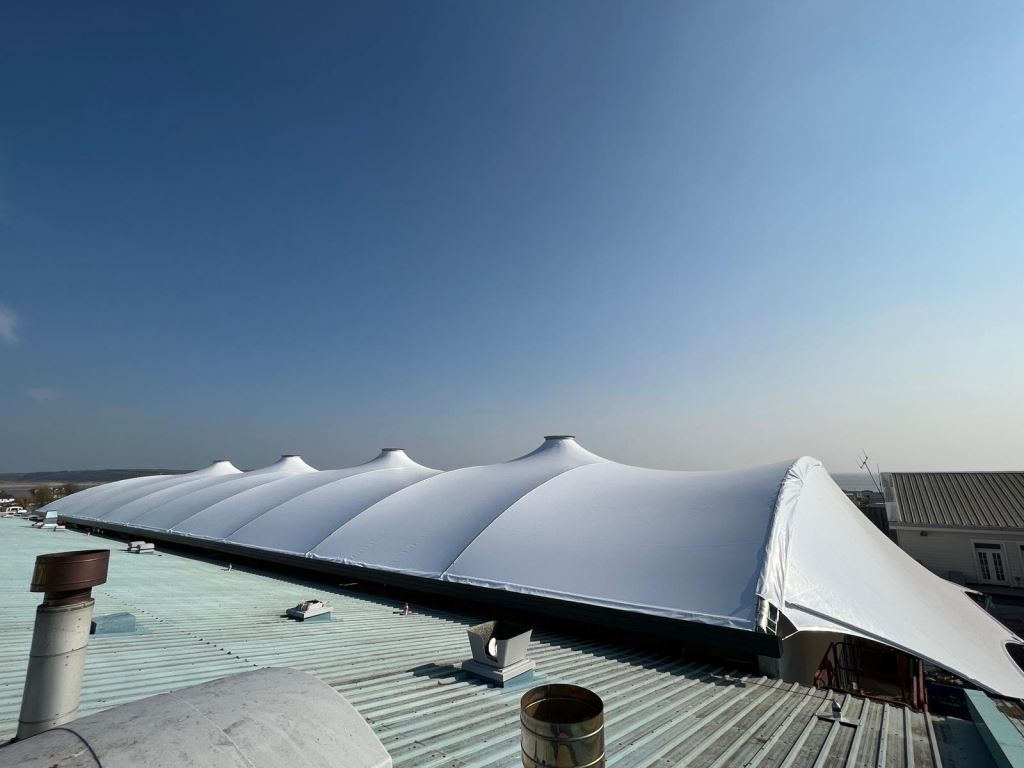
Michael Chung – Projects Director at Metafab Solutions – said, “It was a huge project requiring 60 tonnes of steel for the 64m long, 106m high and 24.6m wide new structure.”
Just as MetaFab Solutions has protected the holidaymakers from inclement weather, Joseph Ash Walsall has also safeguarded the steel.
MetaFab Solutions chose Joseph Ash Walsall to hot dip galvanize the steel, providing a long-life, low-maintenance, corrosion protection to safeguard it from rust.
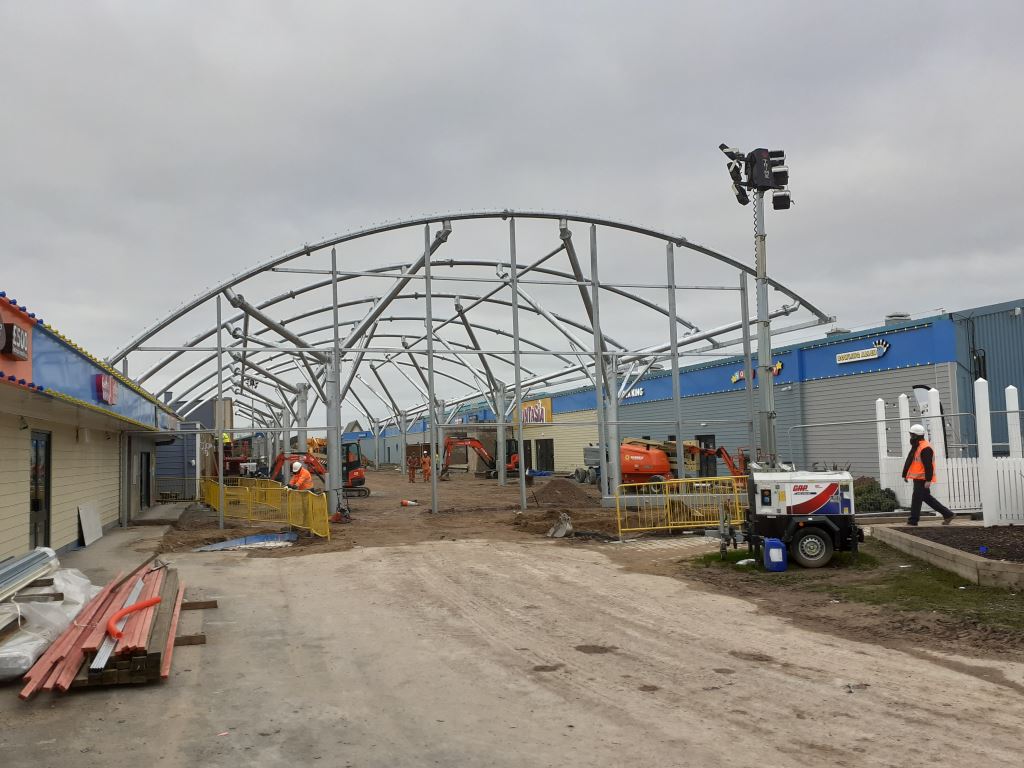
MetaFab Solutions also chose Joseph Ash Walsall because we provide a hassle-free collection and delivery service for steel.
Paul Hudson – at Joseph Ash Walsall – said, “The new space at Trecco Bay was a great project to work on, especially as we know lots of holidaymakers will enjoy it for years to come.”

Welcome to our monthly newsletter, the August 2022 edition.
This month we’re celebrating long-time service for our colleague Kevin Hilden, re-accreditation for F4N, and safe deliveries for all visitors to our plants.
We’re also wishing the shortlisted SSDA 2022 projects good luck for next month’s award ceremony, and we’d love to invite you to the UK Metals Expo at The N.E.C.
To read a copy click here.
To receive a copy of the newsletter in your inbox each month please
subscribe.
Simply scroll to the bottom of the page and look for the ‘Newsletter
Sign-Up’ button.
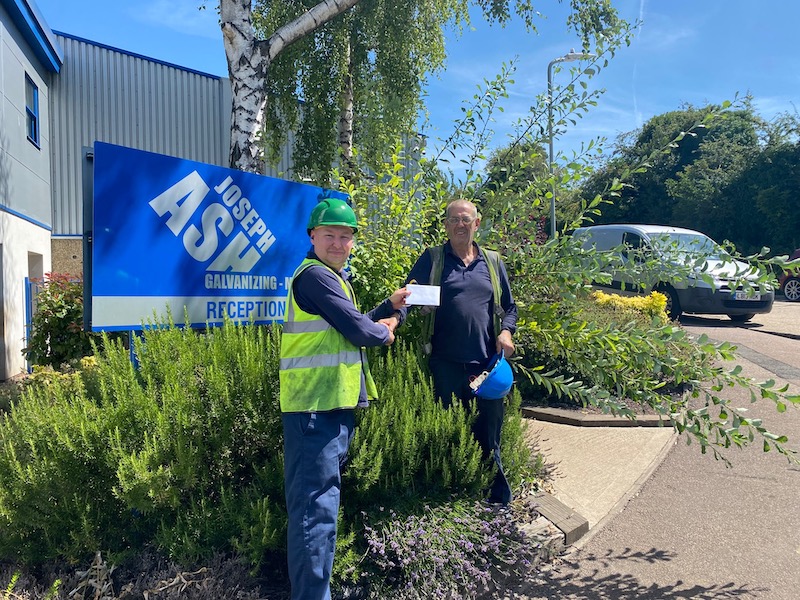
Congratulations to our colleague Kevin Hilden (pictured on the right) who has reached 25 years service with Joseph Ash!
Kevin has worked at our Medway plant since July 1997, and has been a valuable part of the team.
Kevin started in the powder coating department as a finished goods packer, before moving to a line loading position where he kept the work lined up to be sprayed. For the last five years Kevin has been a wirer, wiring up steel at the start of the galvanizing process.
Michael Dane (pictured right) has been Kevin’s foreman for the last 10 years.
If you’re interested in a career at Joseph Ash Galvanizing, please get in touch with us.
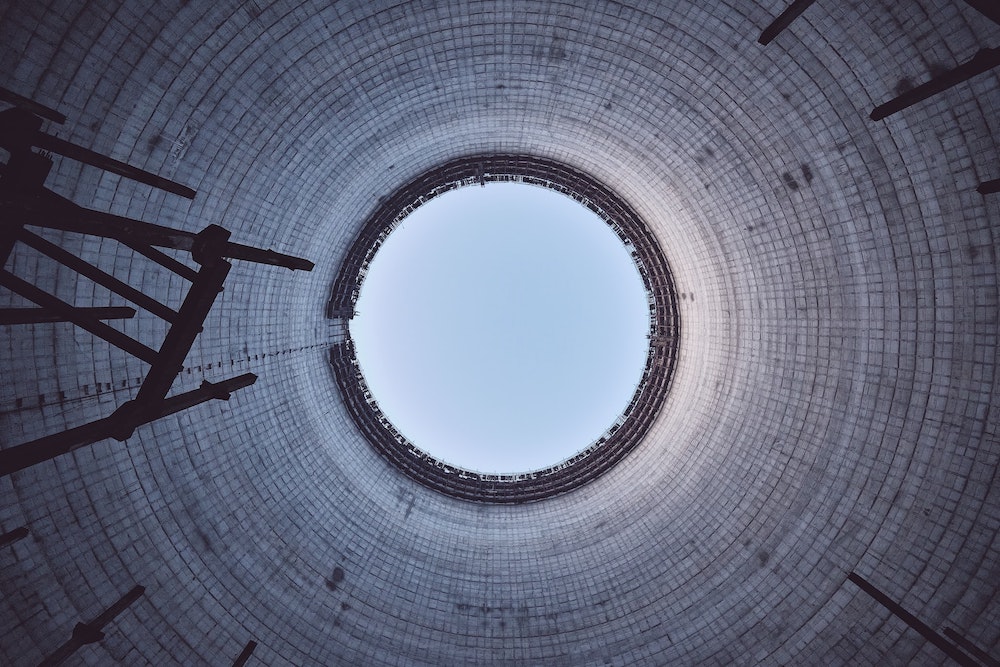
We’re proud to announce that Joseph Ash Galvanizing in Chesterfield has again been granted ‘Fit for Nuclear’ status (F4N), and we’re still the only galvanizer in the UK to be accredited.
Developed by the Nuclear AMRC with the support of its top-tier partners (including new build developers and the Nuclear Decommissioning Authority), F4N is a unique service to help UK manufacturing companies bid for work in the nuclear supply chain and measure their operations against the standards required to supply the nuclear industry.
Being granted F4N is a stringent process, and we’re pleased to be re-awarded. It demonstrates not only our excellent procedural input but also the high level of quality we consistently achieve.
As a commitment to our continued participation – and as a supplier to the nuclear industry – we will continue to be monitored by an F4N Industrial Advisor (IA). We’ll also be required to continually upload periodic updates to our action plan / continuous sustainable improvement plan, ensuring that we address any areas identified on the nuclear checklist.
Please click here to see our F4N certificate.
Many thanks to everyone at Joseph Ash Galvanizing who has worked hard to achieve this status. Thank you also to F4N for granting us the certificate. We look forward to our growing relationship with the nuclear industry.
(Photo by Mick De Paola on Unsplash)

This month we’re celebrating efficiency and safety improvements at Chesterfield and Medway, the SSDA 2022 shortlist and GAGAs 2022 winners, and the use of hot dip galvanized steel to celebrate heritage and carnival with Sokari Douglas Camp.
We’re also promoting World Youth Skills Day and saying thank you to the young people who are growing their skills and building their careers with Joseph Ash Galvanizing.
To read a copy click here.
To receive a copy of the newsletter in your inbox each month please
subscribe.
Simply scroll to the bottom of the page and look for the ‘Newsletter
Sign-Up’ button.
Sokari Douglas Camp applauds the Carnival spirit with hot dip galvanized steel sculptures
With London’s most famous carnival taking over Notting Hill next month, we’re showcasing a new art installation by acclaimed artist Sokari Douglas Camp, CBE.
Born in Nigeria and based in London, Sokari has exhibitions worldwide, including at the Smithsonian and the British Museum. One of her most recent was part of Kensington and Chelsea Art Week.
The artwork is a hot dip galvanized steel sculpture of two vibrantly dressed, life-size characters with ornate headgear.
The characters represent key themes:
- Kalabari masquerades from the Nigerian coastal region where Sokari was born.
- The vitality and spirit of the Notting Hill Carnival bouncing back after COVID.
- Jonkonnu revellers in Jamaica in the late 1830s.
Sokari was inspired to create the two characters after researching the origins of the Notting Hill Carnival during lockdown and seeing some Jonkonnu lithographs by Isaac Mendes Belisario.
Jonkonnu was a festival practised during slavery in the Caribbean when plantation workers were allowed a few days off. They celebrated with “exuberant musical masquerades that recalled their African heritage”. (Source)
Sokari saw positivity in the Jonkonnu festivals because even in times of adversity, the revellers danced, sang, showed resilience, and celebrated their heritage.
Likening this to the return of the Notting Hill Carnival after it disappeared during COVID, Sokari had faith that the carnival spirit lives on.
The costumes may have changed since the 1830s – fewer sailors and petticoats, more tiny outfits, lycra and birds of paradise feathered headgear – but celebrating heritage using dance, music, and costumes remains.
Finding ‘good’ in the ‘bad’
Another theme that Sokari explored when creating these sculptures is the notion of ‘finding good in the bad’. When you look at the photos, you’ll see ornate headgear on the two characters featuring tea and sugar cane. With these references, Sokari wants to remind us that Caribbean and African slaves had harsh lives on tea and sugar cane plantations. And yet there’s a dichotomy to this, as tea is often soothing, and sugar is sweet. We should never forget there are many layers of heritage.
_________________________
The making of the sculptures
Sokari made the Jonkonnu sculptures in her Elephant & Castle, London studio by welding, cutting, and bending steel. Joseph Ash Medway – a supplier to Sokari for 15 years – hot dip galvanized the steel to give it a protective coating.

Sokari then covered the sculptures with vibrant coloured car spray back in her studio.
She had just one month to pull the whole project together! But she succeeded.
_______________________
If you’d like to see the Jonkonnu sculptures, they will be outside the Design Museum in London until 30 August 2022, and as part of an exhibit at The October Gallery until 23 July 2022. Sokari is also exhibiting at the V&A until May 2023
To read more about Sokari and her works, visit her website.
To immerse yourself in Carnival heritage, visit Notting Hill from 27-29 August 2022.
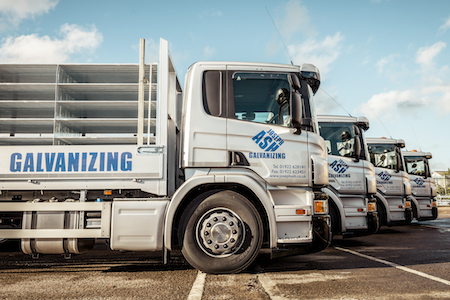
It’s not just galvanizing quality that’s important to Joseph Ash. It’s also how efficiently and safely we manage customer collections and deliveries. Because we’re always looking for improvements in this area, we have installed TIP Insight at our Joseph Ash Chesterfield plant.
TIP Insight is a telematics-based digital and connected service which allows us to track the whereabouts of our trailers and report on their health.
Recently, we’ve fitted the device to 41 transport trailers at Chesterfield.
TIP Insight will allow us to:
- Monitor brake performance and tyre pressure. This enables us to comply with the brake monitoring standards set out in the DVSA’s Guide to Maintaining Roadworthiness and add an extra level of safety for our drivers.
- Track our trailers, giving us a real-time view of where they are, which in turn helps us improve utilization.
- Geofence our customer sites, alerting us when a trailer reaches its destination.
- Reduce our carbon footprint by utilizing our fleet more efficiently.
We fitted the devices to the trailers in late June, so it’s still early days in monitoring effectiveness. We’re excited about the data, though, and we look forward to using the information produced.
In our quest to reduce our carbon footprint even more we will be installing the TIP system on our whole group fleet in due course.
Find out more about TIP Insights here.
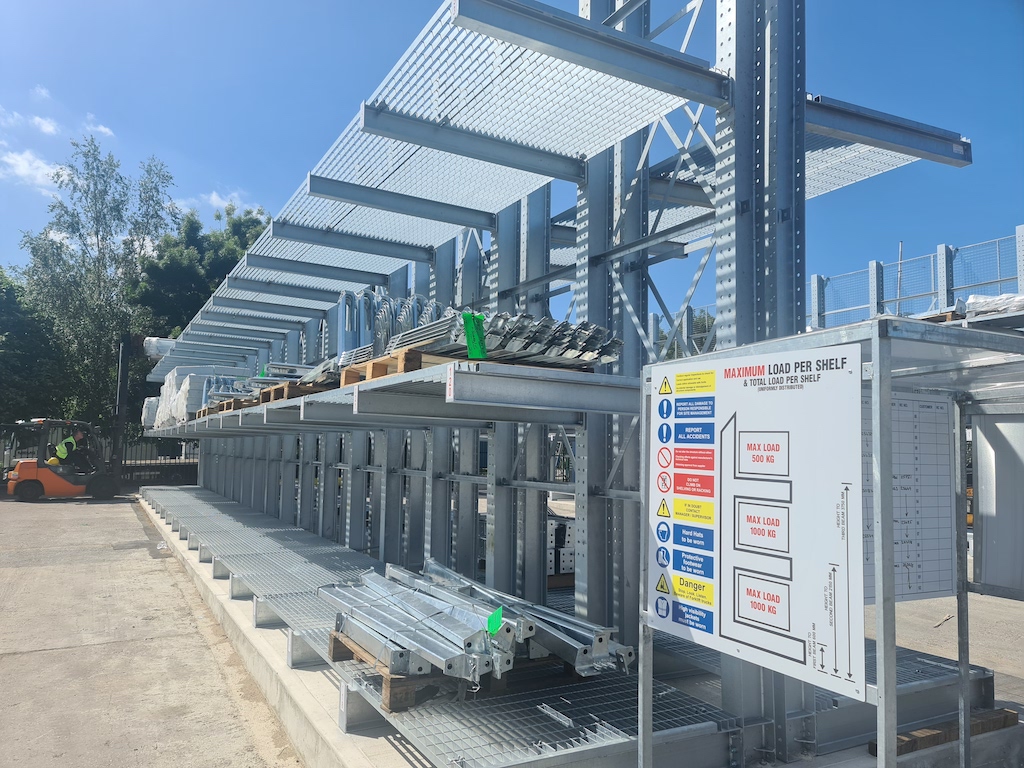
Joseph Ash Medway has recently commissioned the first phase of pallet racking in our goods in / despatch yard. This is a significant investment at our Kent plant by Hill & Smith (parent company).
The new racking improves the safety, operational efficiency, and organisation of the site’s warehousing activities by reducing the double handling of materials and congestion in this part of the yard.
The storage includes three aisles of three-tier racking, creating 151 pallet storage spaces for finished products before despatch.
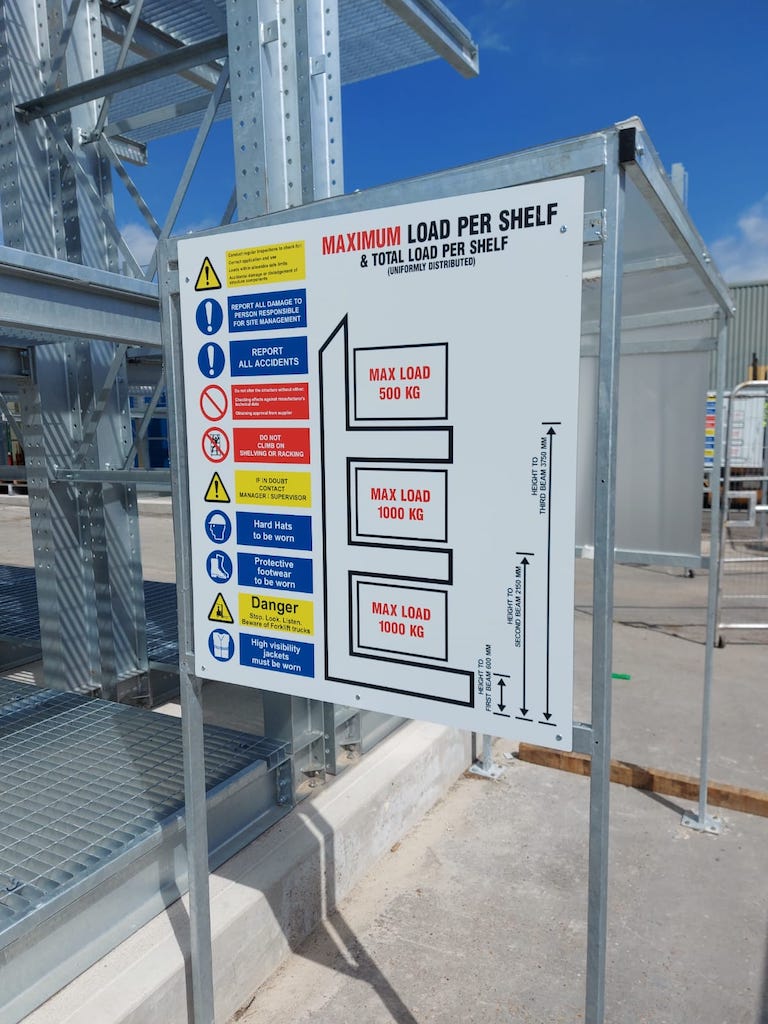
Tim Palmer, General Manager at Medway, commented: “The health and safety of our teams are paramount at all Joseph Ash sites. The new racking helps us create space and improve organisation and safety in this critical business area.”
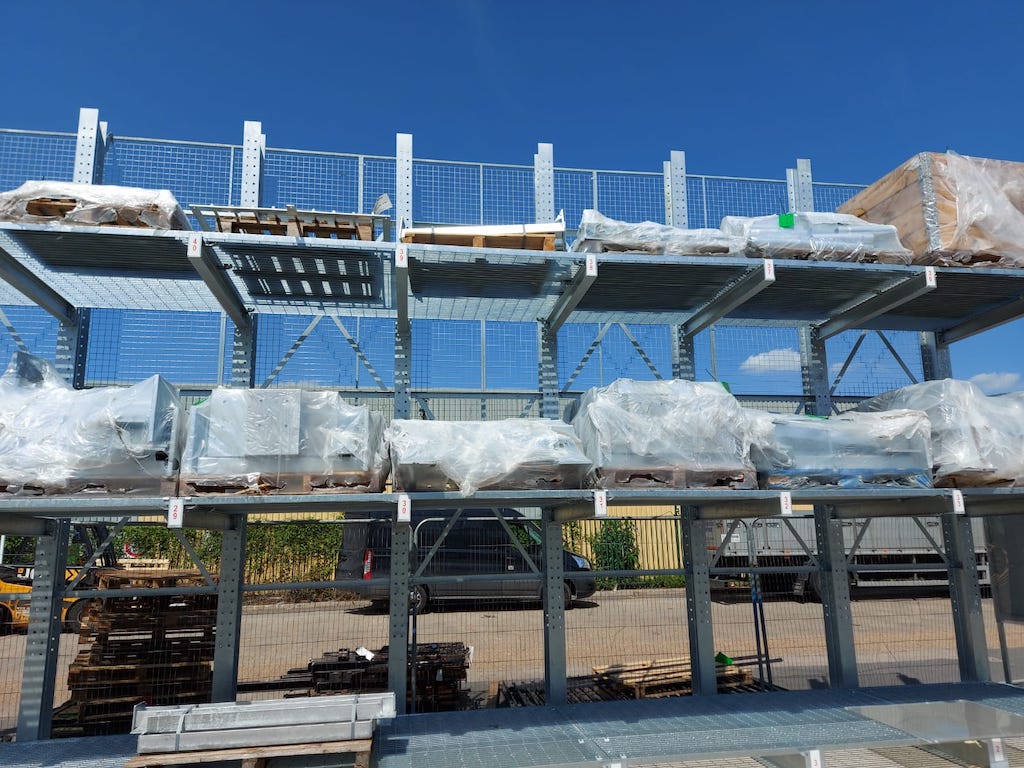
Palmer added: “The new racking will also improve our customers’ service. For example, eliminating additional handling reduces the risk of mechanical damage to customers’ valuable work. Also, the improved visibility of all work will help our loading teams ensure items do not miss a delivery run.”

